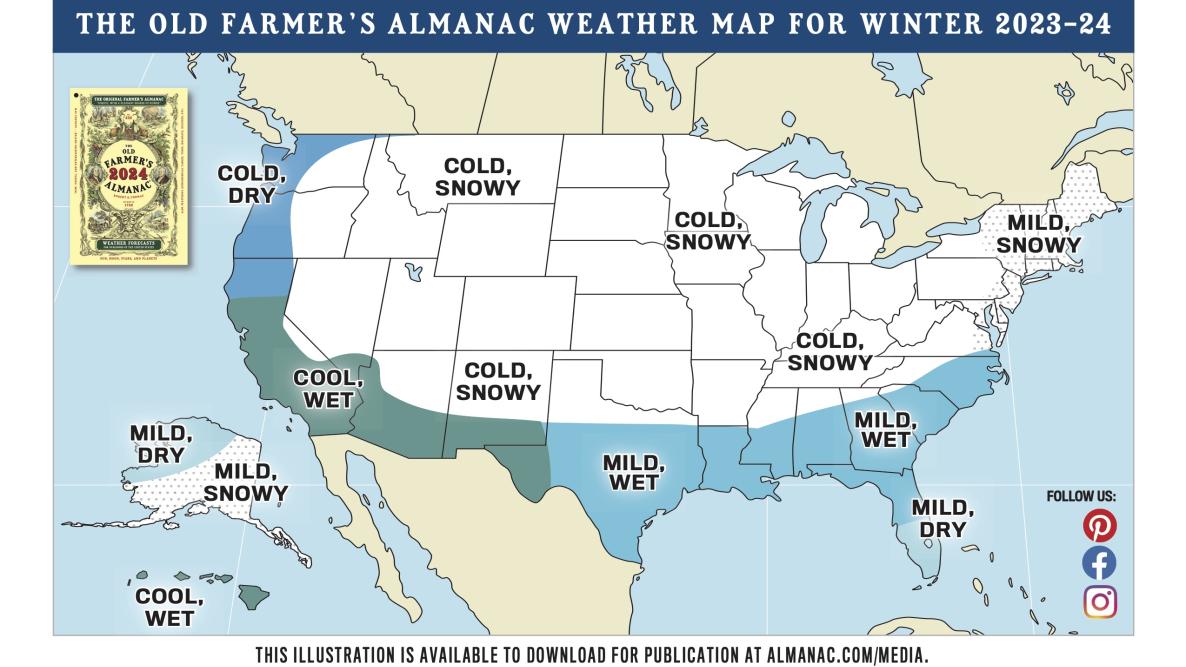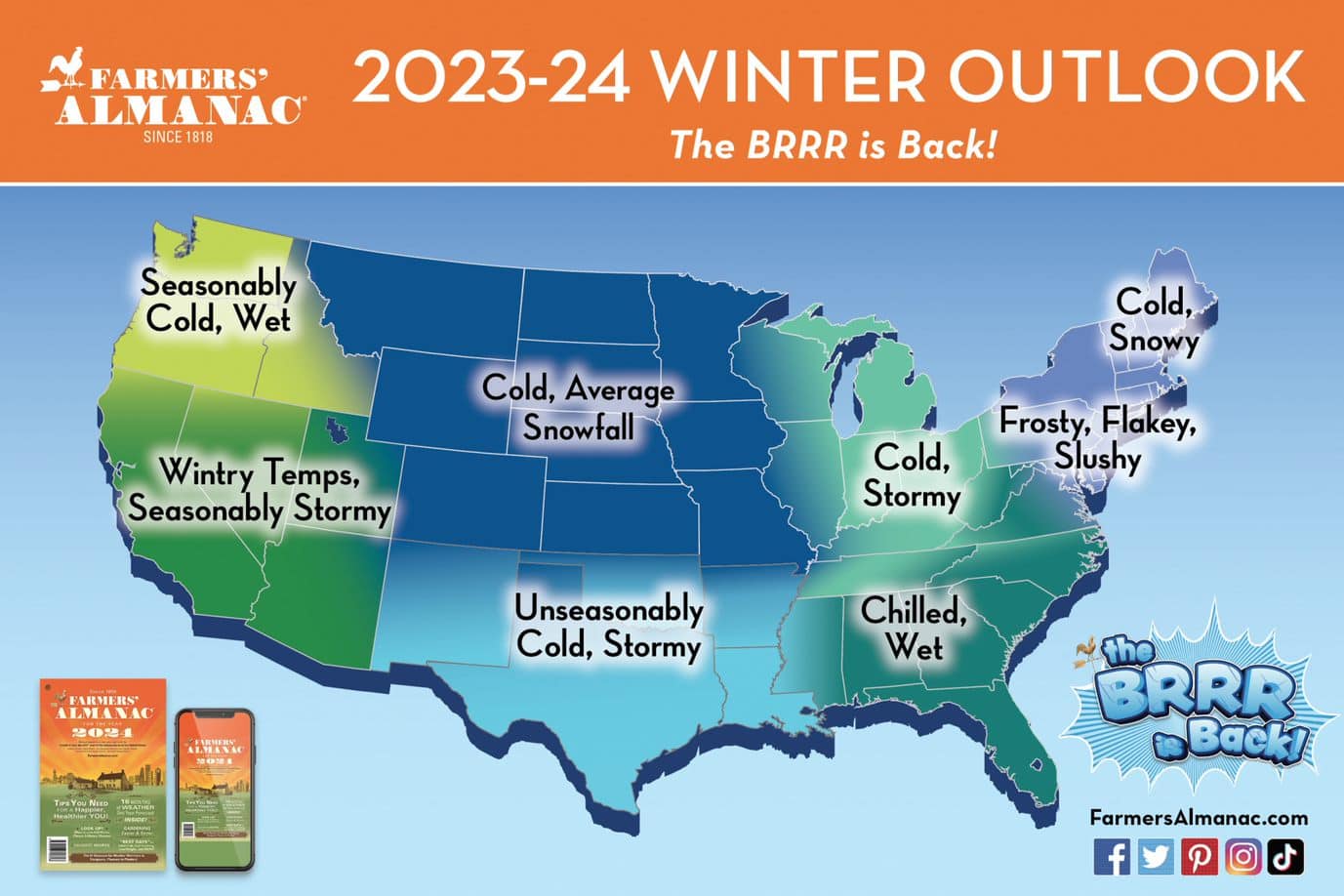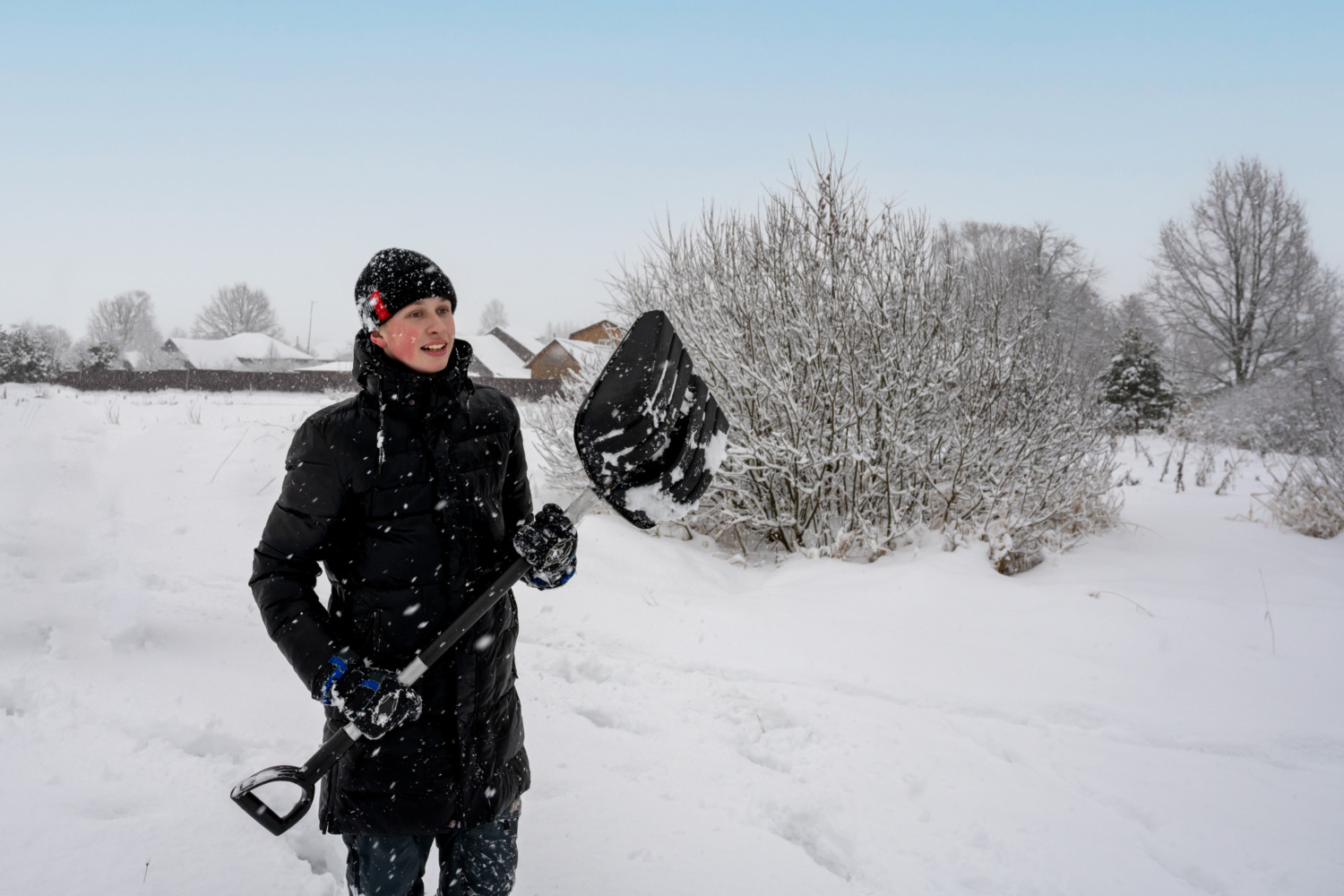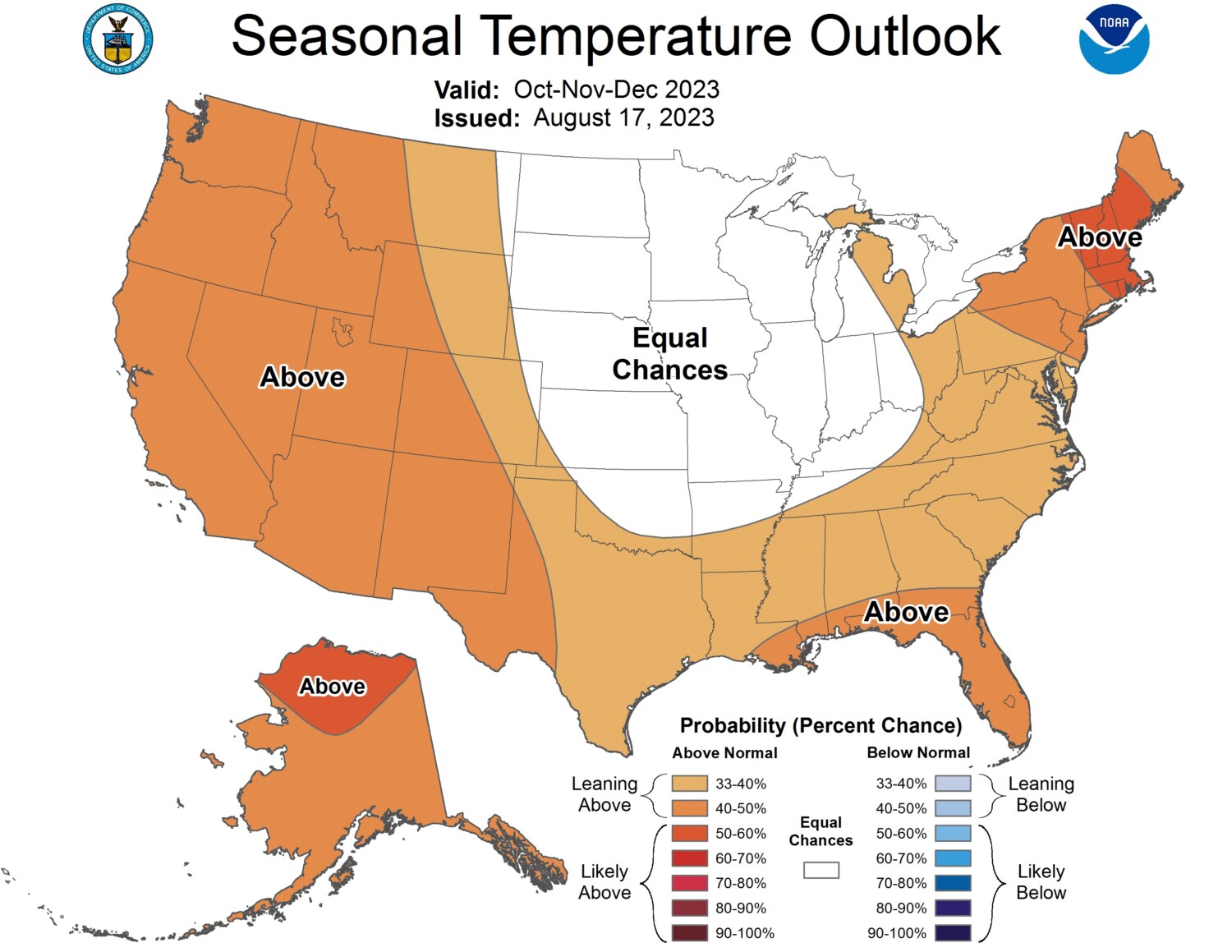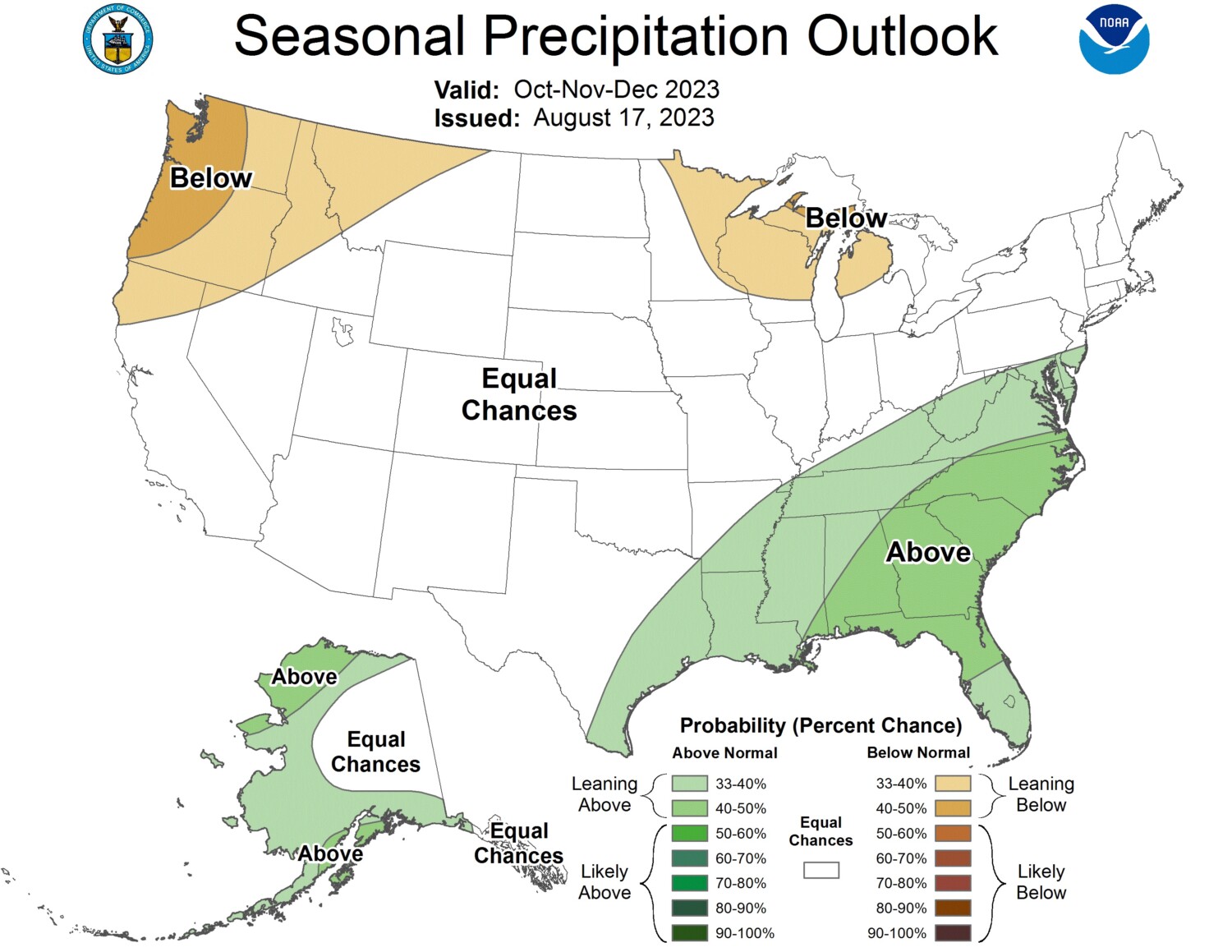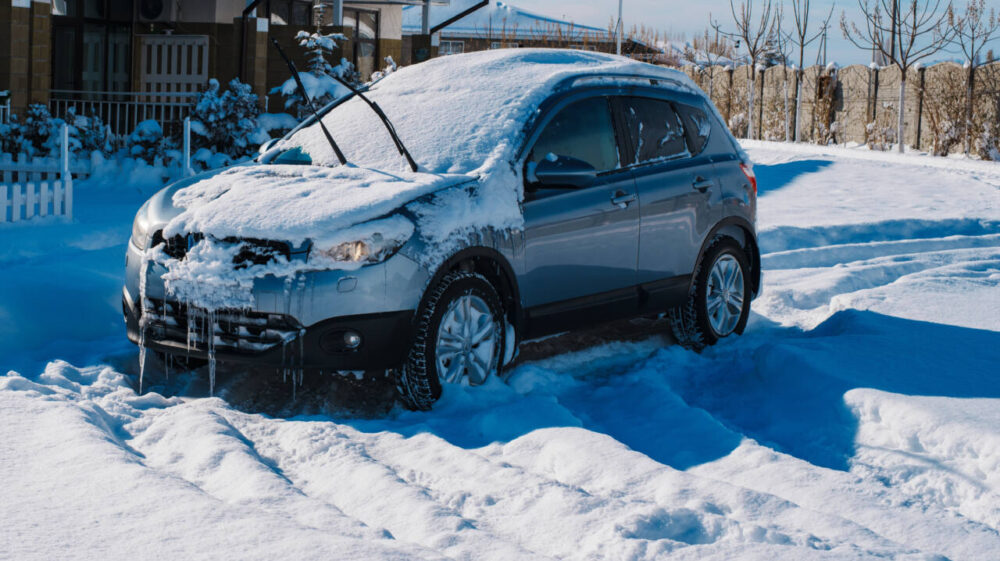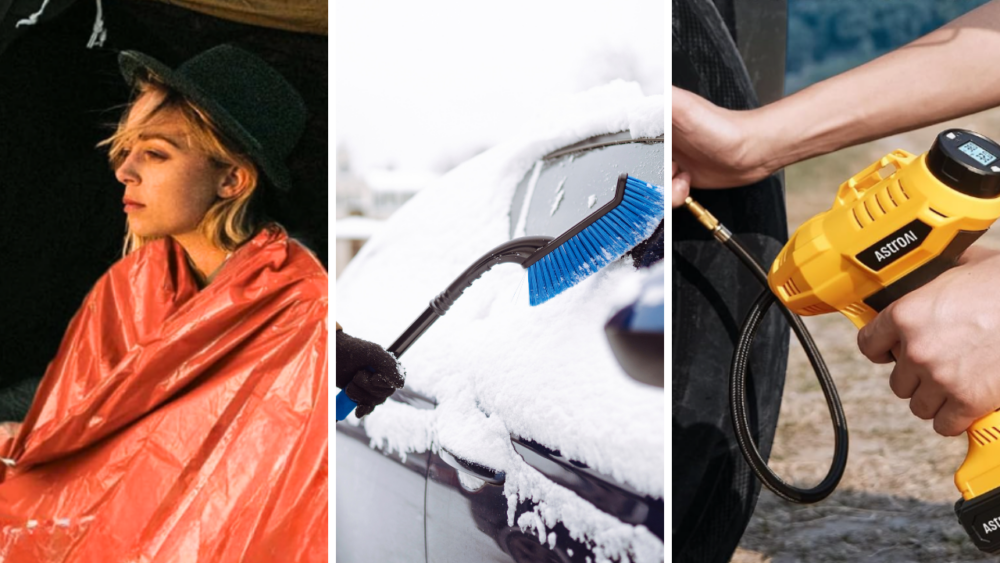Both farmers’ almanacs have announced their winter weather predictions

September is a strange time of year when it comes to weather. Some people cling to the last days of summer, unwilling to think about the change of season to come. Others happily wrap their hands around their pumpkin spice lattes and embrace all things fall.
Finally, there are the people who skip right over autumn and have their eyes on potential snowfall. Regardless, it’s time to let the winter games begin, because predictions from both the Old Farmer’s Almanac and Farmers’ Almanac are here. And, yes, there is a difference between the two publications despite the similar-sounding names.
The Old Farmer’s Almanac was first published in 1792 in Lewiston, Maine. The “new” Farmers’ Almanac launched in 1818 and is based in Dublin, New Hampshire. The primary difference between the two is how far out they predict the weather — 18 months for The Old Farmer’s Almanac versus 16 months for the Farmers’ Almanac.
While there may be two separate publications, if you like snow, you’ll be happy with what both prognosticators say about winter 2023 and 2024.
The Old Farmer’s Almanac and Farmers’ Almanac are both predicting that the U.S. is in for colder-than-normal temperatures and above-average precipitation. Below are the two forecast maps for comparison.
First, here’s The Old Farmer’s Almanac winter forecast:
And this is the Farmers’ Almanac prediction map:
Both publications report that the shift away from the milder winters we’ve seen in recent years could happen due to higher ocean temperatures off the coast of South America, known to meteorologists as El Niño. When ocean temperatures are warmer, this leads to wetter-than-normal conditions in the U.S.
While both agree that the country’s overall winter will see average or above-average precipitation, they differ on temperature predictions in various regions and say they may range from mild to cold. You can see these differences across various regions, such as the Pacific Northwest, the Northeast and the lower Southern states.
MORE: Candle heaters: How to make one with a candle and a pot
How Do the Two Farmers’ Almanacs Predict the Weather?
The Old Farmer’s Almanac says it predicts the long-range weather based on a “secret formula” derived by its founder, but the publication has “refined and enhanced that formula with state-of-the-art technology and modern scientific calculations” based on solar science, meteorology and climatology. Meanwhile, the person who serves in the Farmers’ Almanac’s official role of weather prognosticator — whose identity is a secret — “possesses an exclusive formula that incorporates various elements such as sunspot activity, tidal action of the Moon, the position of the planets, and more,” according to the almanac. Much like the Old Farmer’s Almanac, the Farmers’ Almanac traces its prediction models back to its founder, and the publication specifically states that satellite radar is not part of the process.
Meanwhile, the National Weather Service’s Climate Prediction Center (CPC) doesn’t release its official forecast until the middle of October. It differs from the two almanacs because their projections are based on scientific data collected over decades, not weather patterns and the almanacs’ solar cycle algorithms.
Though we don’t yet have a forecast from our national meteorologists for January and beyond, the CPC forecast for October, November and December shows most of the U.S. having a milder fall and only the Southeast having above-average precipitation through December 2023.
Here’s the CPC’s temperature map:
And here’s the precipitation map:
With the official start of winter not scheduled until Dec. 21, there’s plenty of time to enjoy the promise of lovely fall weather for a couple of months and prepare for the coming chill.
MORE: Why you shouldn’t heat your car up for long in cold winter weather


